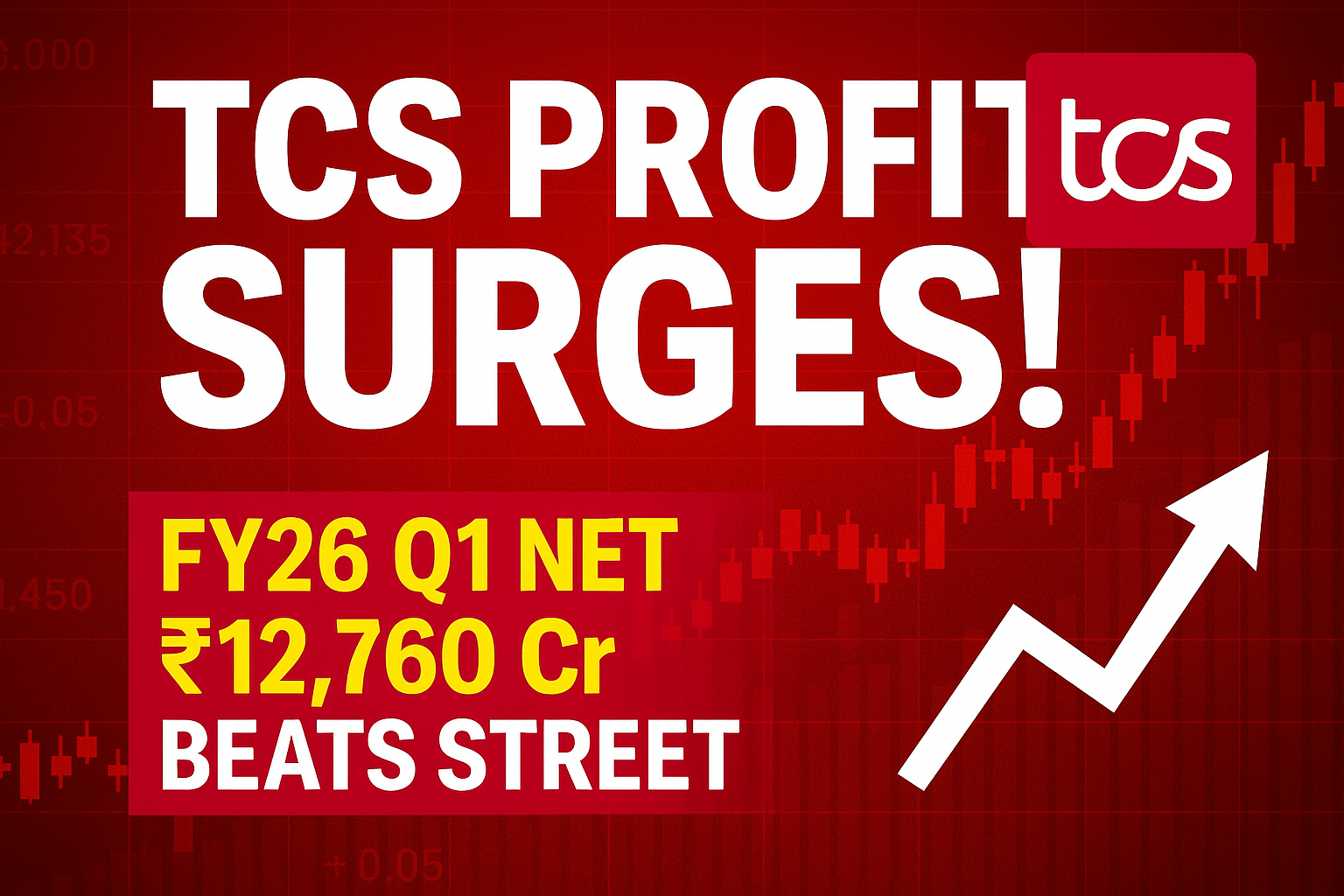-
Algos
-
Stocks
-
Trading
-
Strategies & Arbitrages
-
Mutual Funds

The bulls on Dalal Street finally hit a wall this week. After a two-week run, the broader market indices buckled under pressure, with selling seen across the board as a cocktail of global and domestic concerns soured investor sentiment. The benchmark indices, Sensex and Nifty, extended their fall for a second consecutive week, confirming that the bears have taken control for now.
The sell-off was driven by a trio of familiar culprits: a shaky start to the Q1 earnings season, rising global trade tensions fueled by the United States, and lingering uncertainty over a trade deal between India and the US.
For the week, the BSE Sensex index crashed 932.42 points, or 1.11 percent, to close at 82,500.47. The Nifty50 shed 311.15 points, or 1.22 percent, to finish the week at 25,149.85.
Let's break down what drove this market sell-off, which sectors got hit the hardest, and what the experts see coming next.
This week's decline wasn't caused by a single event but by a convergence of negative factors that gave investors plenty of reasons to take profits and reduce risk.
The Q1FY26 earnings season got off to a weak start, creating significant anxiety about corporate profitability. An uninspiring set of results from a key IT bellwether raised serious concerns over earnings estimates for the full fiscal year.
"As Q1FY26 earnings unfold, investors are closely monitoring guidance on margins and sector dynamics," said Vinod Nair, Head of Research at Geojit Investments. The fear is that a slowdown in major sectors like IT could lead to downward revisions of earnings estimates, making current market valuations look expensive.
Uncertainty on the global trade front was a major contributor to the cautious mood. President Donald Trump's statement that he plans to impose blanket tariffs of 15% or 20% on most trade partners sent ripples through global markets. "The lingering uncertainty around trade negotiations is likely to keep markets in a consolidation mode," noted Siddhartha Khemka of Motilal Oswal Financial Services.
Adding to the pressure were delays in finalizing the much-anticipated India-US trade pact and the US decision to extend tariff deadlines, which only added to the short-term confusion. Furthermore, the US move to impose a 35% tariff on Canada demonstrated a willingness to take aggressive trade action, dampening overall market sentiment.
The divergence between foreign and domestic institutional investors remains a key market theme.
Foreign Institutional Investors (FIIs) extended their selling for a second consecutive week, offloading equities worth a substantial ₹4,511.12 crore. This indicates that foreign investors remain cautious about the Indian market amid global uncertainties and premium valuations.
On the other hand, Domestic Institutional Investors (DIIs) continued their buying streak for the 12th straight week, purchasing equities worth ₹8,291 crore. This strong domestic flow has been a primary force supporting the market and preventing a steeper correction.
The selling pressure was not evenly distributed, with rate-sensitive and globally-linked sectors taking the biggest hit. Defensive sectors, however, managed to hold their ground. The worst-performing sectors were BSE Telecom, which shed 4.4 percent, and BSE Information Technology, which fell more than 3 percent. Following them, BSE Consumer Durables lost 2.7 percent, while BSE Metal, Energy, and Auto indices were down around 2 percent each.
On the gaining side, the BSE FMCG index acted as a defensive haven for investors, adding 2 percent for the week. The BSE Power index also showed resilience, rising a modest 0.6 percent.
The outperformance of the FMCG sector highlights a key trend mentioned by analysts. "Consumption-oriented sectors such as FMCG and discretionary stocks experienced selective buying, supported by signs of urban demand revival and improving margins," explained Vinod Nair. This suggests that while the broader market is weak, investors are still finding pockets of strength in the domestic consumption story.
The BSE Small-cap index fell 0.6 percent for the week, but the real story was in the individual stock movements, where several companies saw dramatic price swings in both directions.
Top Losers This Week These small-cap stocks fell between 7 and 14 percent, feeling the heat of the market correction:
Top Gainers This Week On the other hand, these small-caps bucked the trend and delivered impressive returns of 15 to 39 percent:
The technical analysts are largely in agreement: the short-term trend has turned negative, and further downside is likely unless the bulls can reclaim key resistance levels.
Nagaraj Shetti points out that the Nifty has slipped below the crucial support level of 25,200 on the weekly chart. He believes the underlying trend has turned down and further weakness could drag the Nifty down to the 24,800-24,700 level by next week. Any pullback rally could find resistance around 25,300.
Amol Athawale highlights the formation of a bearish candle and a lower top formation. He notes that the Nifty has slipped below its 20-day SMA, supporting further weakness as long as the market remains below 25,300. Below this, he sees the market slipping to the 50-day SMA around 25,000, with a potential to be dragged down to 24,800-24,650.
Rupak De also sees continued weakness, with the Nifty falling below the 21-EMA and the RSI in a negative crossover. For him, key support is placed at 25,090 and 24,900. However, a move above 25,150-25,160 in initial trading could trigger a rally towards 25,250 and 25,400.
With the market in a consolidation phase, investors will be closely watching several key triggers in the coming week to gauge its direction.
According to Siddhartha Khemka, "As the earnings season progresses, markets are expected to witness volatility driven by stock-specific factors." He added that investors will now shift their focus to key domestic macro data and earnings updates.
Here are the key things to watch for:

Bitcoin has crossed $123,000, but this rally is different. Learn how record ETF inflows and major U.S. regulatory developments are driving the current bull run.

India's primary market is poised for a massive rebound, with up to $18 billion in IPOs expected in the second half of 2025.

TCS Q1FY26 results show 6% YoY profit growth at Rs 12,760 crore, beating expectations, while revenue fell short amid macro uncertainty. EBIT margin improves; deal wins robust at $9.4B.

IndianOil-Adani Gas plans to raise Rs 1,378 crore ($161M) via compulsorily convertible debentures in one of India’s largest hybrid bond deals of 2025.

SEBI's massive crackdown on HFT giant Jane Street over its "dual-entity" model is forcing a rethink for global trading firms operating in India.

NSDL & CDSL add proxy advisor votes to e-Voting, helping retail investors make smarter decisions and boost governance.
